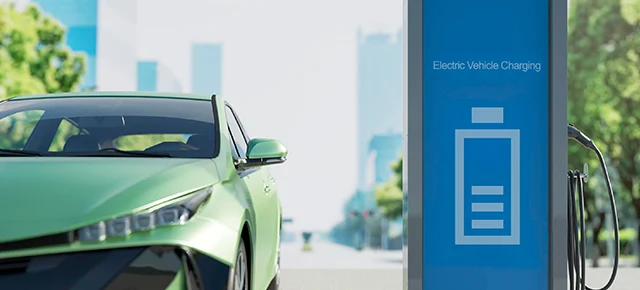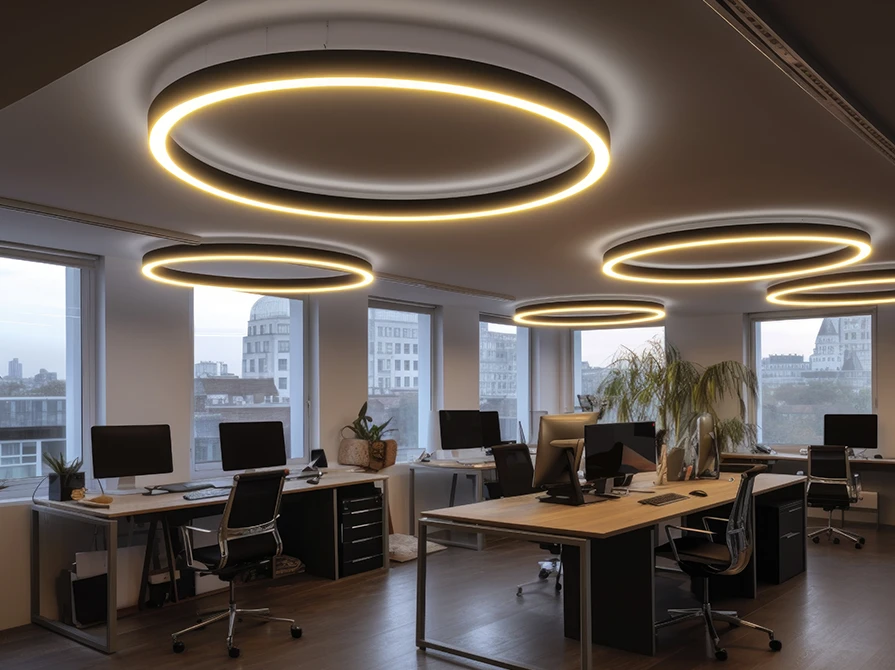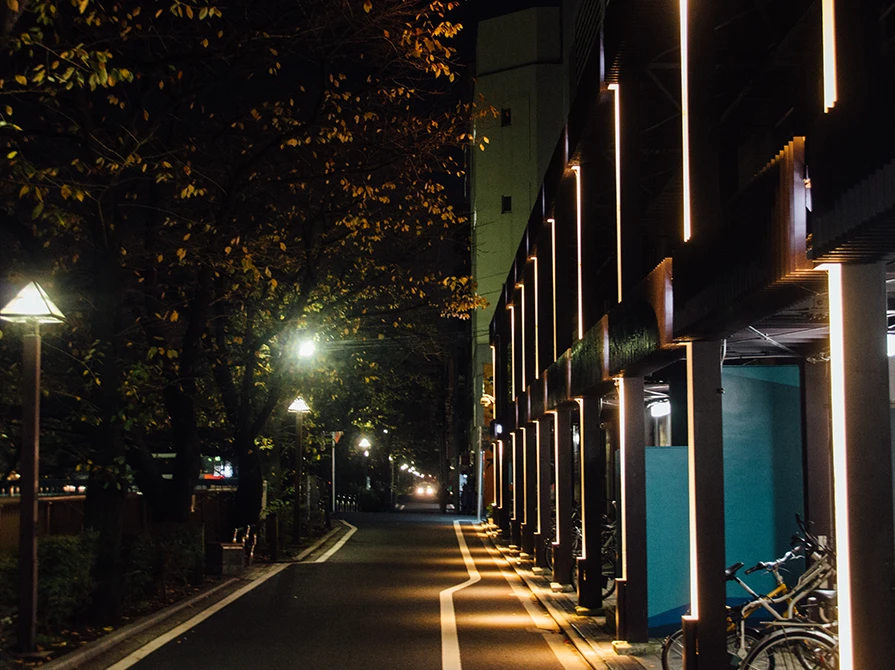


Electric vehicle (EV) manufacturing plants represent the forefront of automotive innovation, where cutting-edge technologies converge to produce sustainable transportation solutions. Amidst this innovation, lighting plays a crucial yet often overlooked role in ensuring the efficiency, safety, and productivity of these advanced manufacturing facilities. In this blog, we will explore the unique lighting challenges faced by EV manufacturing plants and discuss strategies to overcome them, thereby illuminating the path towards a greener automotive future.
EV manufacturing involves intricate assembly processes that demand precision and accuracy. However, traditional lighting solutions may cast shadows or glare, hindering workers' ability to perform detailed tasks effectively. To address this challenge, EV plants require lighting fixtures with advanced optics and glare-reducing features. LED luminaires with adjustable beam angles and uniform light distribution are ideal for illuminating assembly lines without compromising visibility or causing eye strain
EV manufacturing plants typically encompass vast production areas with high ceilings, presenting challenges in providing adequate illumination. High-bay lighting fixtures are essential to illuminate these expansive spaces uniformly and efficiently. LED high-bay luminaires offer high output and energy efficiency, ensuring optimal visibility while minimizing energy consumption. Additionally, fixtures with adjustable mounting options allow for precise positioning to maximize light coverage and minimize glare, enhancing worker comfort and safety.
Battery manufacturing is a critical component of EV production, requiring specific environmental conditions to ensure product quality and safety. However, the heat generated during battery production can pose challenges for lighting fixtures, potentially reducing their lifespan and performance. To mitigate this issue, EV manufacturing plants need lighting solutions with robust thermal management capabilities. LED luminaires with efficient heat sinks and thermal control systems dissipate heat effectively, ensuring reliable operation and longevity in battery manufacturing areas.
EVs incorporate intricate electronic components that require assembly in controlled environments to prevent contamination and ensure product reliability. Cleanroom lighting plays a vital role in these areas, providing illumination while maintaining stringent cleanliness standards. LED cleanroom luminaires with sealed enclosures and smooth, easy-to-clean surfaces are essential to minimize the risk of particle accumulation and microbial growth. Additionally, fixtures with high Color Rendering Index (CRI) values ensure accurate color representation, facilitating precise assembly of sensitive components.
In EV manufacturing plants, employee well-being is paramount to maintaining productivity and reducing the risk of injuries. Ergonomic lighting design focuses on providing optimal illumination levels and minimizing glare to enhance worker comfort and safety. Lighting fixtures with adjustable color temperature and brightness settings allow employees to customize their lighting environment according to their preferences and task requirements. Additionally, ergonomic lighting layouts consider factors such as task-specific lighting, workstation ergonomics, and glare control to create a comfortable and visually conducive workspace for employees.
Battery handling and charging areas in EV manufacturing plants present unique lighting challenges due to the presence of potentially hazardous materials and processes. Lighting fixtures installed in these zones must comply with safety regulations and standards for hazardous locations. Explosion-proof LED luminaires with rugged enclosures and protective features are specifically designed to withstand the harsh conditions of battery handling and charging environments, ensuring reliable and safe illumination in these critical areas.
Many EV manufacturing plants utilize automated guided vehicles (AGVs) for material handling and transportation tasks. These AGVs rely on lighting cues for navigation and orientation within the production facility. Implementing dedicated lighting solutions for AGV guidance, such as LED beacons or light strips, enhances navigation accuracy and efficiency. By strategically placing these navigation lights along AGV routes and at key waypoints, EV manufacturers can optimize workflow, reduce congestion, and enhance overall operational efficiency in their facilities.
Quality inspection is a crucial step in EV manufacturing to ensure the integrity and performance of assembled components. Adequate lighting is essential for accurate visual inspection of parts, surfaces, and connections. High-intensity LED inspection lights with adjustable beam angles and color temperatures provide optimal illumination for detecting defects, inconsistencies, or imperfections in components. Integrating quality inspection lighting stations at key assembly points enables operators to perform thorough inspections and maintain product quality standards throughout the manufacturing process.
In the era of Industry 4.0, EV manufacturing plants are embracing digitalization and connectivity to optimize production processes and enhance operational efficiency. Smart lighting systems integrated with Internet of Things (IoT) technology enable real-time monitoring, control, and optimization of lighting infrastructure. By leveraging data analytics and machine learning algorithms, smart lighting solutions can dynamically adjust lighting levels, schedules, and energy usage based on factors such as occupancy, ambient light levels, and production demands. This integration enhances energy efficiency, reduces operational costs, and contributes to the overall digitization and automation of EV manufacturing operations.
As EV manufacturers strive to reduce their environmental footprint, energy-efficient lighting solutions are essential to support sustainability goals. LED technology offers significant energy savings compared to traditional lighting sources, helping EV plants reduce electricity consumption and greenhouse gas emissions. Additionally, smart lighting controls enable further energy optimization by allowing for automated dimming, scheduling, and occupancy sensing. By adopting energy-efficient lighting practices, EV manufacturing plants can enhance their sustainability credentials while lowering operational costs.
In the rapidly evolving landscape of electric vehicle manufacturing, addressing lighting challenges is essential to ensure efficient, safe, and sustainable operations. By implementing precision lighting solutions for complex assembly tasks, high-bay lighting for large-scale production spaces, heat management strategies in battery manufacturing areas, cleanroom lighting for sensitive component assembly, and energy-efficient lighting practices, EV manufacturing plants can overcome obstacles and illuminate the path towards a greener automotive future. With a focus on innovation and sustainability, these lighting solutions will play a vital role in shaping the next generation of electric vehicles. Get in touch to know more about our solutions to tackle the challenges faced by EV Manufacturing plants.







